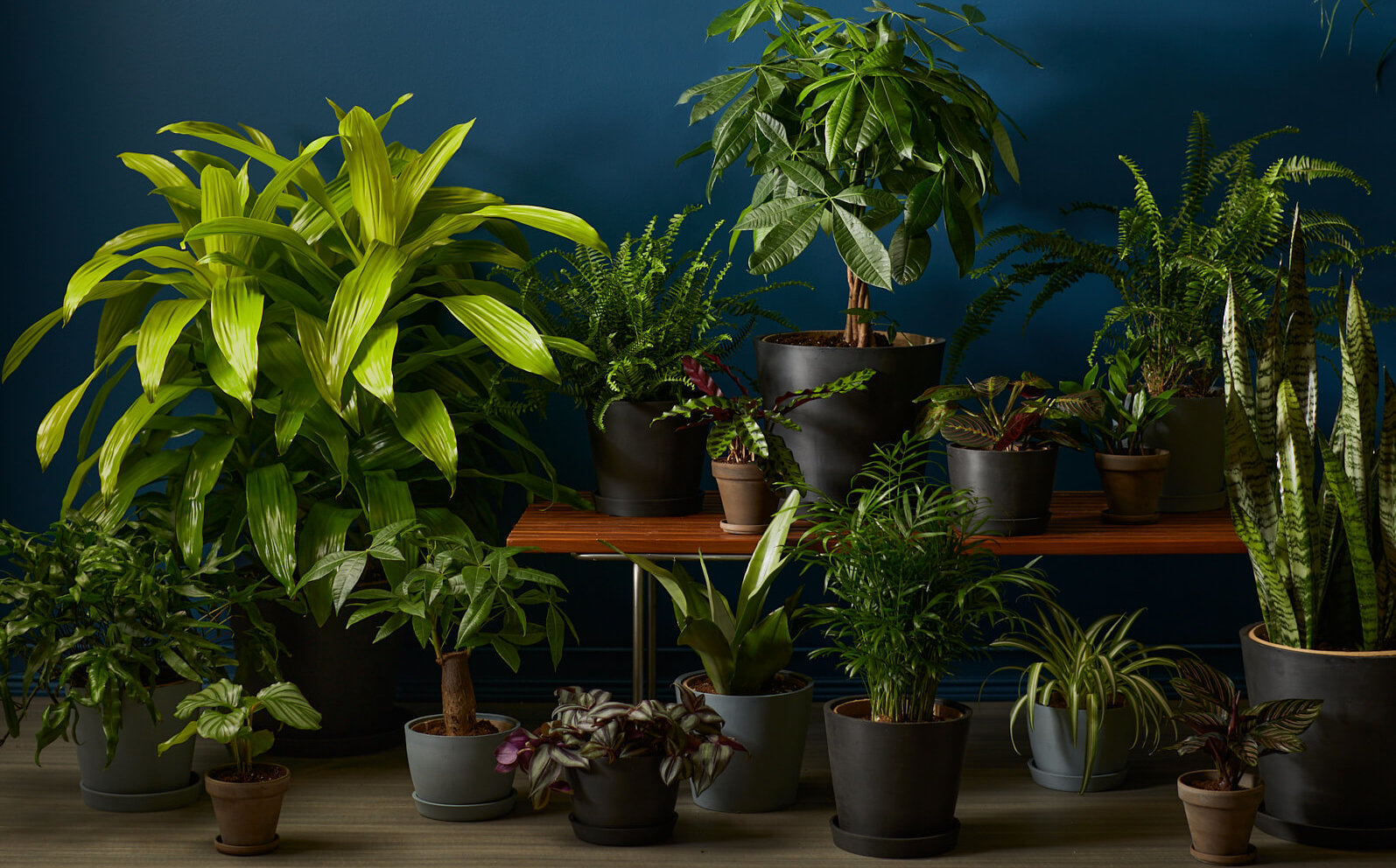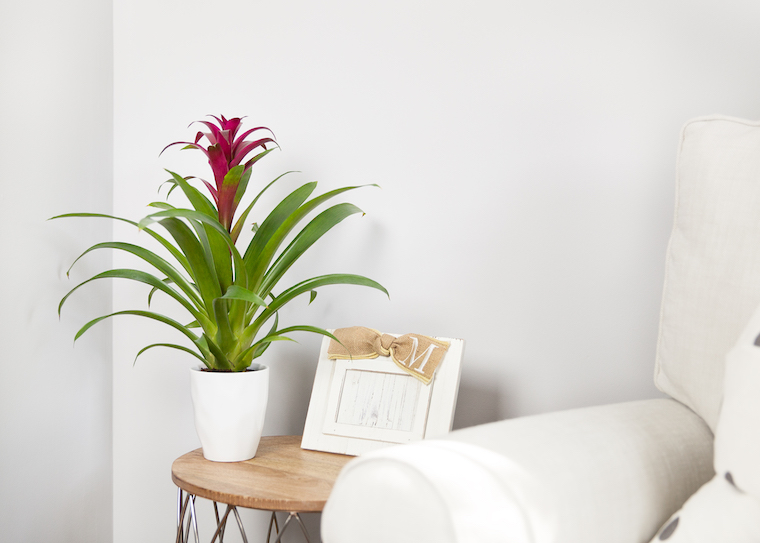Top Picks for the Best Low-Light Indoor Plants to Brighten Your Room
Top Picks for the Best Low-Light Indoor Plants to Brighten Your Room
Blog Article
Transform Your Home With Beautiful Low-Light Indoor Plants and Their Advantages
Integrating low-light interior plants into your home can considerably enhance both the ecological and visual quality of your home. These plants, which thrive in dim problems, serve not only as attractive aspects but likewise as all-natural air purifiers, making them ideal for metropolitan dwellers or those with minimal sunlight exposure. As we discover the numerous sorts of low-light plants and their advantages, you may find shocking ways to integrate them into your home that can change your surroundings in means you might not have actually anticipated.
Benefits of Low-Light Plants
Low-light plants supply numerous advantages for indoor settings, making them an exceptional choice for both novice and skilled gardeners. One of the key advantages is their versatility to low-light conditions, allowing individuals to improve their home without the requirement for extensive sunshine direct exposure. This characteristic makes them perfect for homes, offices, and various other areas with restricted all-natural light.

Furthermore, including low-light plants into home decoration can boost the aesthetic allure of a room. Their lush foliage and varied structures create a soothing environment, adding to general health. Finally, the visibility of plant has been connected to reduced stress and anxiety levels and boosted productivity, making low-light plants a practical selection for boosting both physical and psychological health and wellness in indoor settings.
Top Low-Light Indoor Plants
While lots of indoor plants thrive in bright light, numerous varieties are particularly fit for low-light conditions, making them suitable for numerous interior areas. One popular option is the Snake Plant (Sansevieria), understood for its striking upright fallen leaves and durability, calling for very little care. Another superb choice is the Pothos (Epipremnum aureum), which features heart-shaped fallen leaves and can route wonderfully from racks or hangers, growing in reduced light and adding a lush touch.
The ZZ Plant (Zamioculcas zamiifolia) is commemorated for its shiny leaves and capability to stand up to neglect, making it excellent for active way of lives. The Tranquility Lily (Spathiphyllum) not just tolerates low light however also creates spectacular white blooms, improving any kind of area's aesthetic.
For a distinct touch, take into consideration the Cast Iron Plant (Aspidistra elatior), which without a doubt meets its name, growing in the darkest corners of your home. The Chinese Evergreen (Aglaonema) uses a variety of leaf patterns and shades while being exceptionally forgiving in low-light conditions. These plants not just beautify indoor environments yet also add to air purification, boosting your home.
Care Tips for Low-Light Plants

Sprinkling practices are vital; these plants frequently like slightly dry conditions. Overwatering can bring about root rot, so guarantee that the leading inch of soil is dry prior to watering once more. Usage pots with water drainage holes to permit excess dampness to escape.
Moisture is an additional important factor. Many low-light plants, such as ferns and peace lilies, take advantage of greater humidity levels. To enhance humidity, take into consideration misting the fallen leaves or placing a tray of water near the plants.
Fertilization ought to be come close to with caution. webpage Throughout the expanding season, utilize a watered down, balanced fluid fertilizer every month to support growth, yet stay clear of fertilizing throughout the dormant winter season.

Imaginative Ways to Show Plants
Indoor plants can function as exciting focal factors in any kind of space, improving both visual charm and setting. Innovative display screens can boost the visual effect of low-light plants, making them an important part of your home decor. One reliable method is to utilize tiered plant stands, which allow you to display several plants at varying heights while making the most of flooring area.
Hanging planters are one more ingenious choice, creating a sense of deepness and drawing the eye up. Consider macramé hangers or wall-mounted racks to present an one-of-a-kind structure and design.
For an extra organized approach, usage geometric terrariums or glass containers to house your plants, adding a modern touch to your interior garden. You can additionally repurpose classic products, such as teacups or wood pet crates, for a diverse display screen that shows your personality.
Enhancing Home Setting With Plants
Integrating low-light plants right into your home not just improves visual allure but also contributes significantly to the overall ambiance. These plants work as all-natural decor aspects, presenting a feeling of serenity that can change any area. The existence of greenery promotes a relaxing atmosphere, which is particularly valuable in high-stress settings such as office or living areas.
Low-light plants, such as snake plants, pothos, and ZZ plants, are not only aesthetically pleasing yet additionally enhance interior air top quality by filtering contaminants. This twin function boosts the ambiance better, producing a healthier space (Best low-light indoor plants). The tactical placement of these plants can also influence the perception of area; for circumstances, tall plants can draw the eye up, making ceilings appear higher and rooms a lot more spacious
Furthermore, varying textures and shades of foliage include deepness to indoor style, enabling for innovative expression in home designing. Whether placed on shelves, in corners, or as centerpieces, low-light plants can raise the state of mind of any space. In summary, including these plants into your home is an effective way to promote a cozy, inviting environment while enjoying the benefits of improved air quality and aesthetic flexibility.
Verdict
Integrating low-light interior plants right into home atmospheres provides countless advantages, including boosted visual charm and enhanced air high quality. These durable plants, such as the Snake Plant and Tranquility Lily, need minimal light and upkeep, making them appropriate for varied lifestyles.
While lots of interior plants thrive in intense light, a number of varieties are particularly well-suited for low-light problems, making this post them suitable for different interior rooms. One effective method is to make use of tiered plant stands, which enable you to display several plants at varying elevations while making best use of flooring area.
Low-light plants, such as serpent plants, pothos, and ZZ plants, are not only cosmetically pleasing he said yet likewise boost interior air top quality by filtering system contaminants. Best low-light indoor plants. The calculated placement of these plants can also influence the assumption of space; for circumstances, high plants can attract the eye upward, making ceilings appear higher and areas extra sizable
These resilient plants, such as the Serpent Plant and Tranquility Lily, need marginal light and maintenance, making them suitable for diverse way of livings.
Report this page